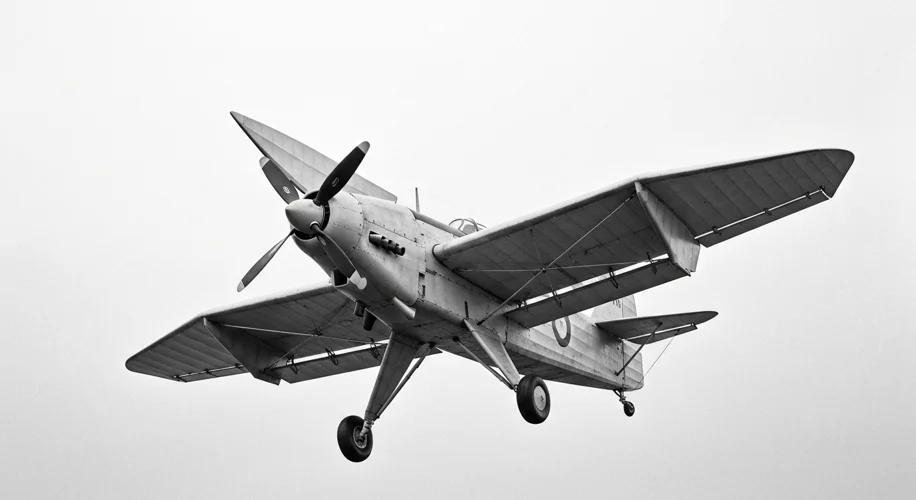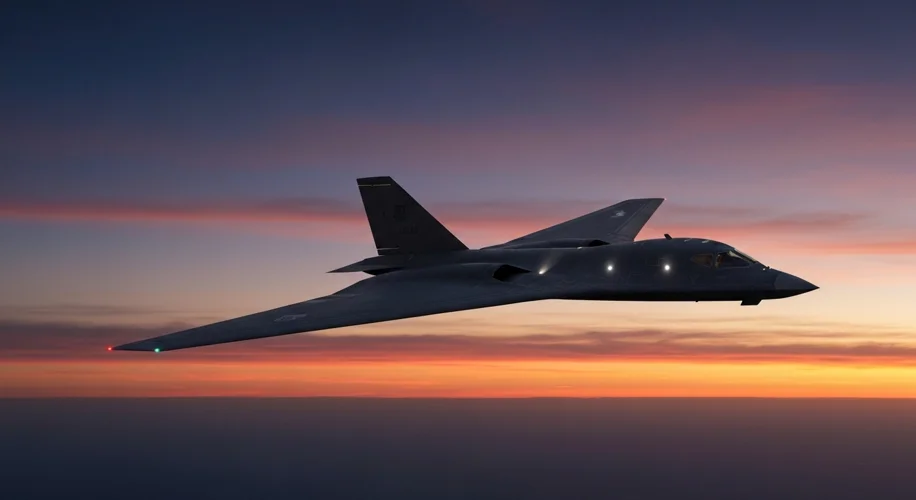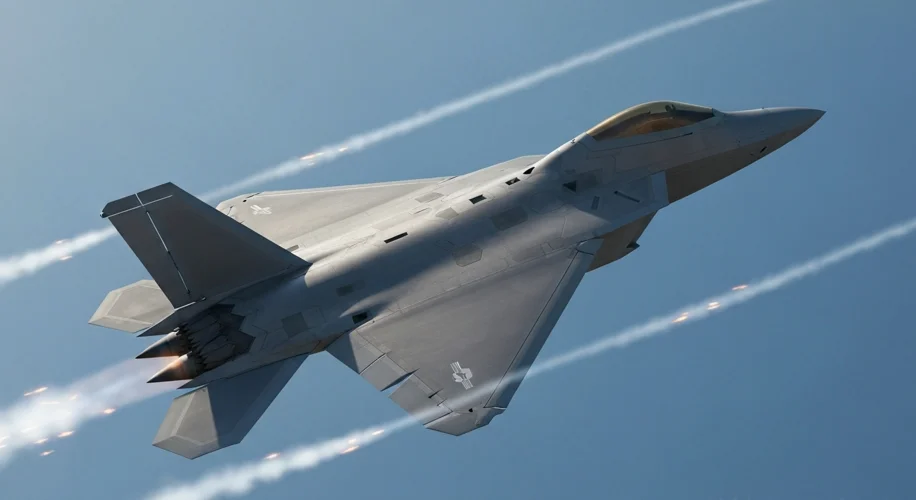The roar of a jet engine, a thunderous declaration of power and presence. But imagine, if you can, a machine that defies this very notion – an aircraft that slips through the skies not with a roar, but with a whisper. This is the realm of stealth technology, a concept that has revolutionized aerial warfare and transformed the very definition of battlefield advantage.
For centuries, the advantage in conflict often belonged to the visible, the bold, the overwhelming force. But as technology advanced, a new dream began to take shape in the minds of engineers and military strategists: the dream of invisibility. The roots of this ambition can be traced back to the early days of aviation, even before the advent of radar. The idea of making aircraft less detectable was a nascent concept, driven by the desire to gain a tactical edge.

The true catalyst for the development of modern stealth technology, however, arrived with the dawn of radar. Suddenly, the sky, once an open expanse, was being scanned by invisible waves, capable of detecting even the smallest aircraft. This technological leap presented a new challenge: how to counter this all-seeing eye? Early efforts focused on understanding how radar waves interacted with aircraft surfaces. The key realization was that the shape and materials of an aircraft played a crucial role in how it reflected radar signals. A perfectly round object, for instance, would reflect radar waves back towards their source with significant strength. Conversely, a surface angled away from the radar emitter might deflect the waves harmlessly into space.
The Cold War, a period of intense technological rivalry between the United States and the Soviet Union, provided fertile ground for the clandestine development of stealth. Both sides poured resources into understanding and countering radar. In the United States, research into radar-absorbent materials (RAM) and unconventional aircraft shapes began to gain momentum. Scientists realized that coating aircraft with special paints containing materials like ferrite particles could absorb radar energy, converting it into heat rather than reflecting it. Simultaneously, designers began exploring radical new airframe geometries. Angles, flat surfaces, and sharp edges were meticulously calculated to deflect radar waves away from the emitter, rather than back towards it. The goal was not to become completely invisible to radar, but to reduce the aircraft’s radar cross-section (RCS) to a point where it was virtually undetectable.
One of the most significant breakthroughs came with the development of the Have Blue program in the 1970s, which led to the creation of the F-117 Nighthawk. This aircraft, with its distinctive faceted design, was a tangible embodiment of stealth principles. Its angular surfaces were a direct response to the need to scatter radar waves. However, the F-117 was a subsonic aircraft, limiting its operational flexibility. The next frontier was to combine stealth with supersonic speed and greater maneuverability.
This ambition culminated in the development of the B-2 Spirit bomber and the F-22 Raptor fighter jet. The B-2, a flying wing design, represents a pinnacle of stealth engineering, its smooth, blended curves and absence of a traditional tail minimizing radar reflection. The F-22, on the other hand, integrated stealth features into a highly agile air superiority fighter, capable of engaging and defeating enemy aircraft before its own presence is even known.

The strategic implications of stealth technology are profound. Aircraft employing these principles can penetrate heavily defended airspace with unprecedented safety, conduct reconnaissance missions undetected, and deliver precision strikes without fear of immediate interception. This capability shifts the balance of power, allowing nations with advanced stealth aircraft to project force and achieve objectives that would have been impossible just decades prior. It forces adversaries to invest heavily in counter-stealth technologies, such as more sensitive radar systems and electronic countermeasures, creating a perpetual technological arms race.
The development of stealth technology is a testament to human ingenuity and the relentless pursuit of advantage. It’s a story of scientific breakthroughs, clandestine research, and the constant evolution of warfare. From early conceptual ideas to the sophisticated machines that patrol the skies today, stealth represents a dramatic departure from traditional notions of aerial combat. It’s a reminder that in the shadows of technological advancement, new forms of power are constantly being forged, altering the very nature of conflict and the perception of what is possible on the battlefield.


